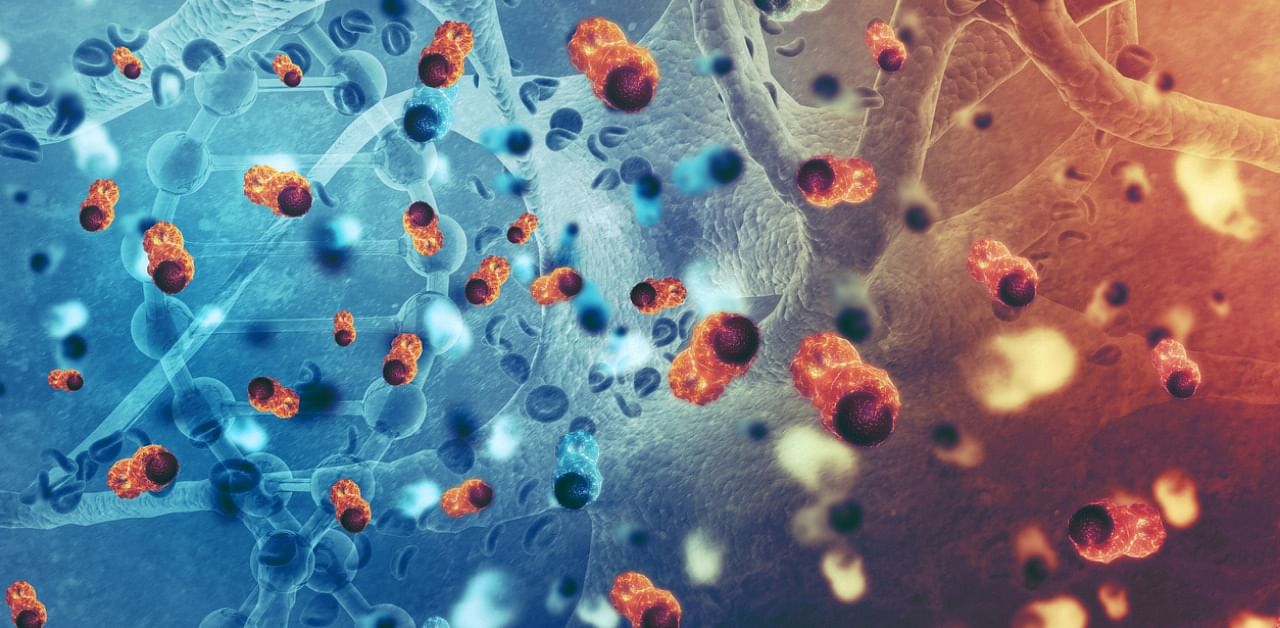
Six-year-old Druti P in Mysuru was diagnosed with MPS 1 when she turned three. Ever since her mother has been travelling to Bengaluru every week for enzyme replacement therapy for her daughter. As her father was a driver with Employee State Insurance (ESI), she received the infusion at ESI Rajajinagar hospital. But during the pandemic, he lost his job and with that his ESI health benefits lapsed in October last year.
Druti’s mother Shalini told DH, “I am told two vials cost Rs 1 lakh. The therapy was recommended till December but we had to stop much before that as her father lost his job. She has breathing difficulty. After the infusion, she improved and could breathe better. Now she wheezes like before.”
Currently, 42 children are being treated for rare diseases in the state.
According to Organisation for Rare Diseases India founder Prasanna Shirol, “At least four patients, aged between three and six, are suffering from Gaucher’s disease (a rare disorder). They have been awaiting treatment as fund disbursal is ad hoc in the state, something that can be remedied if the Union Health Ministry comes out with a Rare Disease Policy before March 31 this year, as promised.”
In a recent webinar, Dr Arundhati Chandrashekar, Mission Director, NHM, Karnataka, said, “Since 2016, 22 patients with Lysosomal Storage Disorders (LSD) have been treated in the state. This has been done at a cost of Rs 18 crore annually from the state budget. Around 30 patients with primary immunodeficiency disorders have also been treated at a cost of Rs 1 crore from other sources. Rare diseases are a neglected area.”
Additional Chief Secretary, Health, Jawaid Akhtar, said, “Rare diseases are of low prevalence and individually rare, however collectively they effect a considerable level of population. The prevalence is 6 to 8% according to international research.”
“We are facing a long-drawn public interest litigation in Karnataka and based on the court order we are treating a good number of patients suffering from rare diseases. The expenditure might be up to Rs. 20 crore on a yearly basis,” he added.
“Considering the number of children suffering from rare diseases is large and the state cannot afford the finances required to treat them, we are one state which has been pressing for a Centrally-sponsored scheme so that the expenses can be shared with the Centre,” he explained.
Every year the state government negotiates with the drug manufacturers about the drug quantity required. They provide 25% of the doses free. “If the economy of scale comes in, then the cost for the country as a whole will come down,” Akhtar said.
